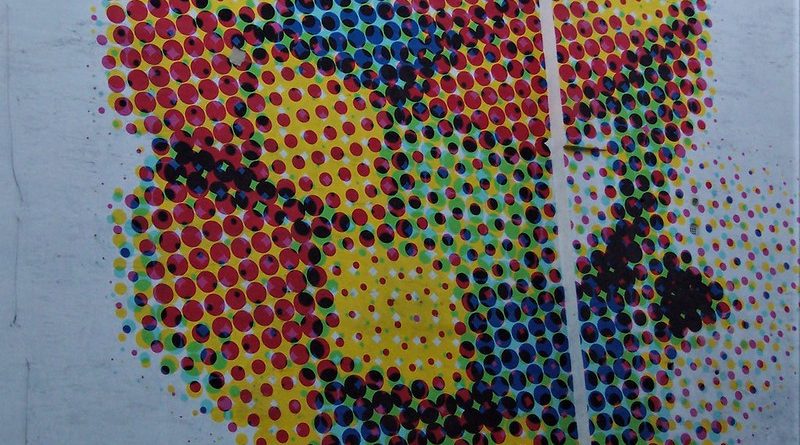A Perplexing Twist: Hungary’s Rubik’s Cube
Hungarians are proud of their reputation as great thinkers and Erno Rubik is one of them. Inventor of the ubiquitous Rubik’s Cube that has infuriated and driven millions to madness since its first appearance in 1974, Erno has philosophically mused, “we turn the cube and it twists us”. The three-dimensional mind-bender came to Rubik on a sunny afternoon as he lay by the Danube staring at pebbles.
Erno knocked up a prototype and gave it to some of his students at the Academy of Applied Arts and Crafts in Budapest where he was a lecturer in the Department of Interior Design. The students loved it and by 1978 cubes were on the shelves in toyshops throughout Budapest. Cube mania spread like wild fire; Hungarians became transfixed and soon the whole world would want one.
Cube Mania
Global sales of this devilish pre-computer games era masterpiece in 1981 were in the millions and everyone was playing it. The Rubik’s Cube was a global phenomenon that enchanted people of all ages and backgrounds; clubs were formed, books written, “Rubik’s Wrist” became a common sign of over use. The cube won awards as a toy, a mathematical problem, and even as a piece of modern art. It penetrated the collective psyche so deeply that in the 1980’s it has an entry in the Oxford English Dictionary. Nobody really knows how many cubes have been sold to date, certainly over 100 million, and still counting.
The classic ‘cube is a simple design of 4 by 4 (16) squares on each side in 6 bright colours. Numerous variants exist from smaller and larger cubes (the biggest being the more ‘professional’ and difficult), varying shapes like pyramids and dodecahedron forms as well as different patterned cubes like the Harry Potter Rubik’s Cube, Homer Simpson’s Head and the highly collectable and improbable ‘Hello Kitty’ Rubiks. But nothing says ‘1982’ more than the classic three-by-three cube, hopelessly abandoned at the back of cupboard, the riddle unsolved and the coloured stickers removed in a last attempt to cheat the God of Rubik.
Despite the modern sophistication of computer games, the Rubiks Cube has survived past the initial phenomena phase and continues to retain and recruit a loyal fanbase around the world – from Hungary out to Japan, Brazil and the USA – whole new generations of fans can be heard clicking, swivelling and cursing around the little plastic conundrum box.
Rubik’s Events
On June 5 1982 the first World Championships were held in the Rubik’s Cube’s hometown, Budapest, at the Vigado Concert Hall. At annual events today Devotees of the mighty cube can witness Speed Cubing Champions attempt to solve the riddle in less than 20 seconds. Amazing.
More Information
Rubiks
Mental gymnastics visit the official Rubik’s website to buy cubes, replacement stickers and learn how to play.
By Dan Porter




